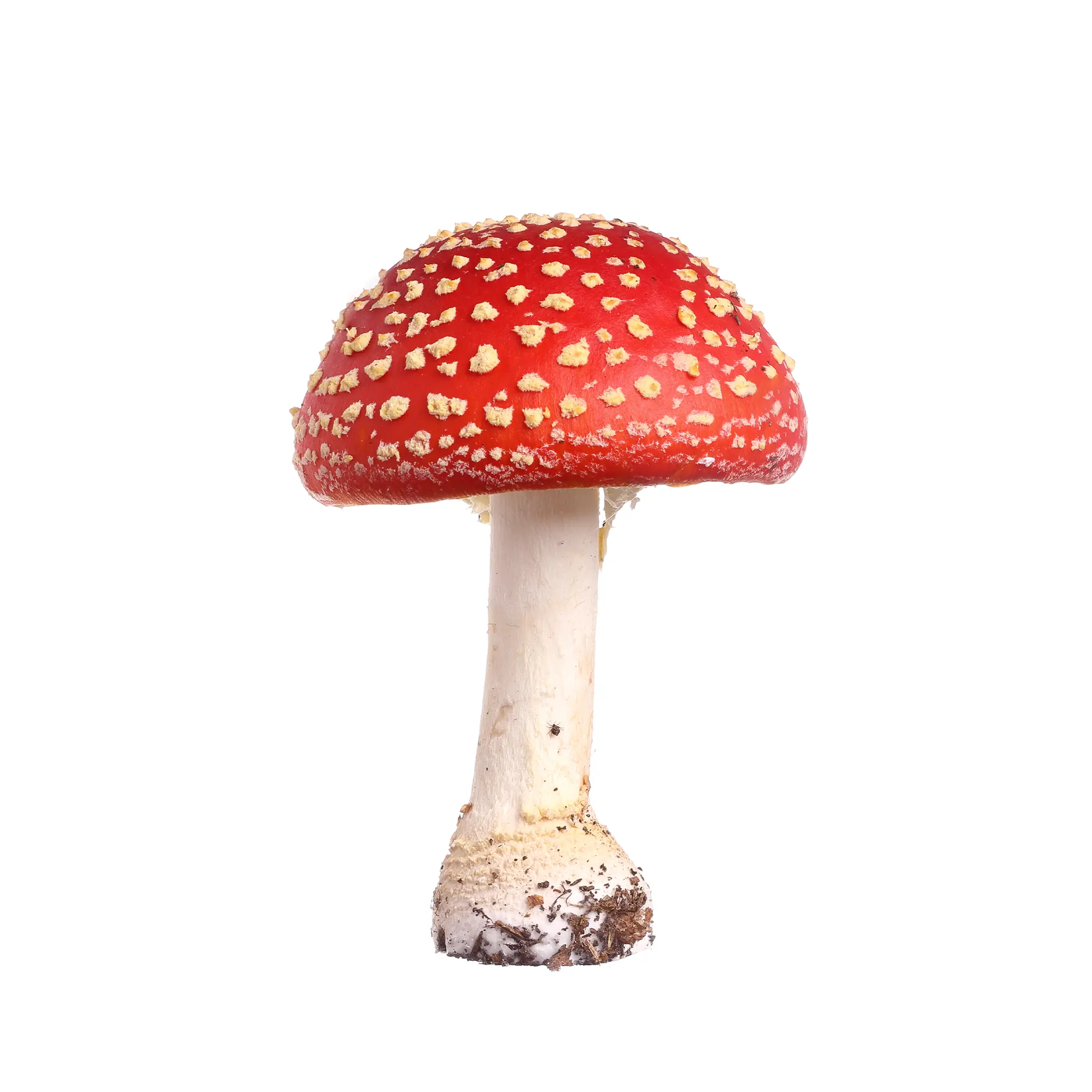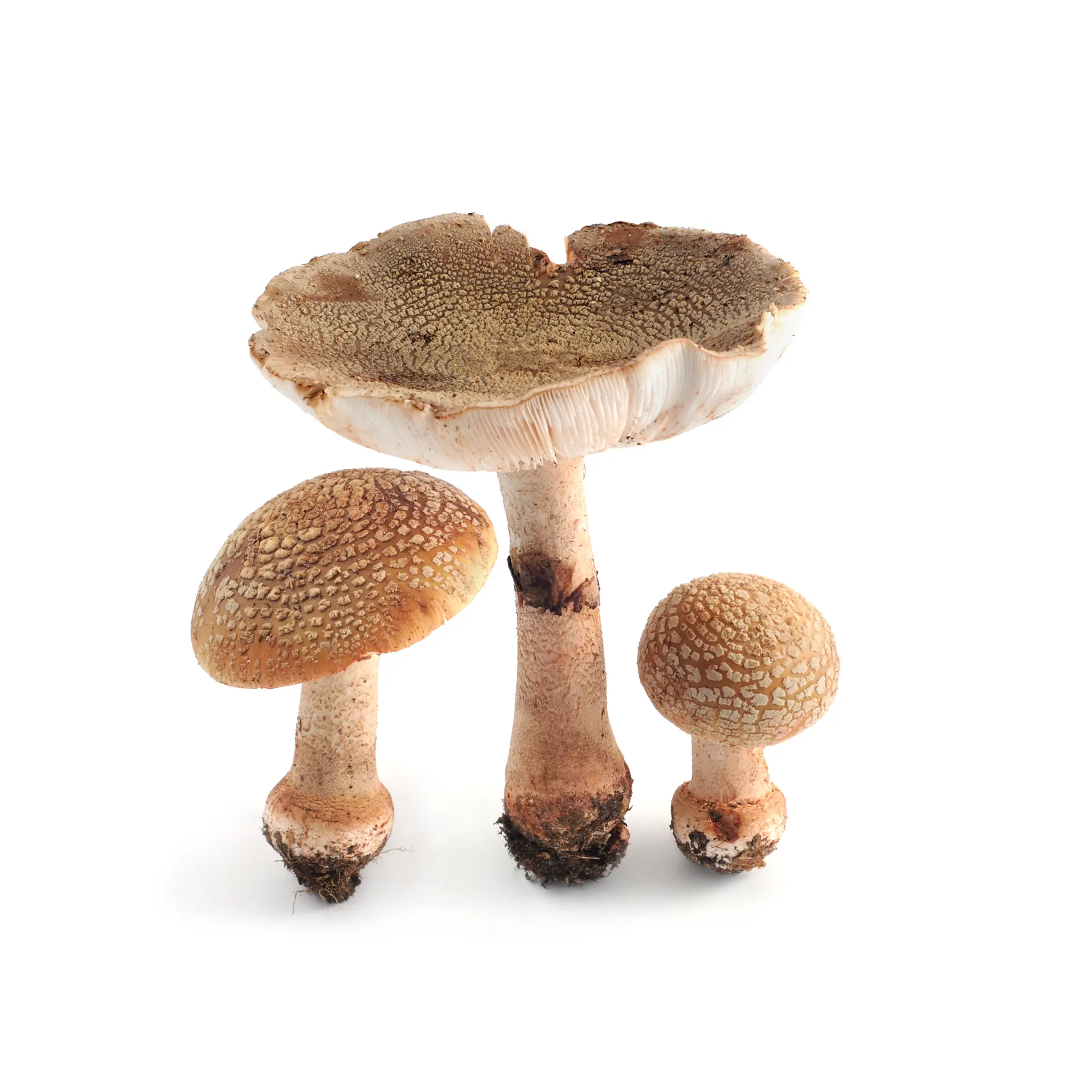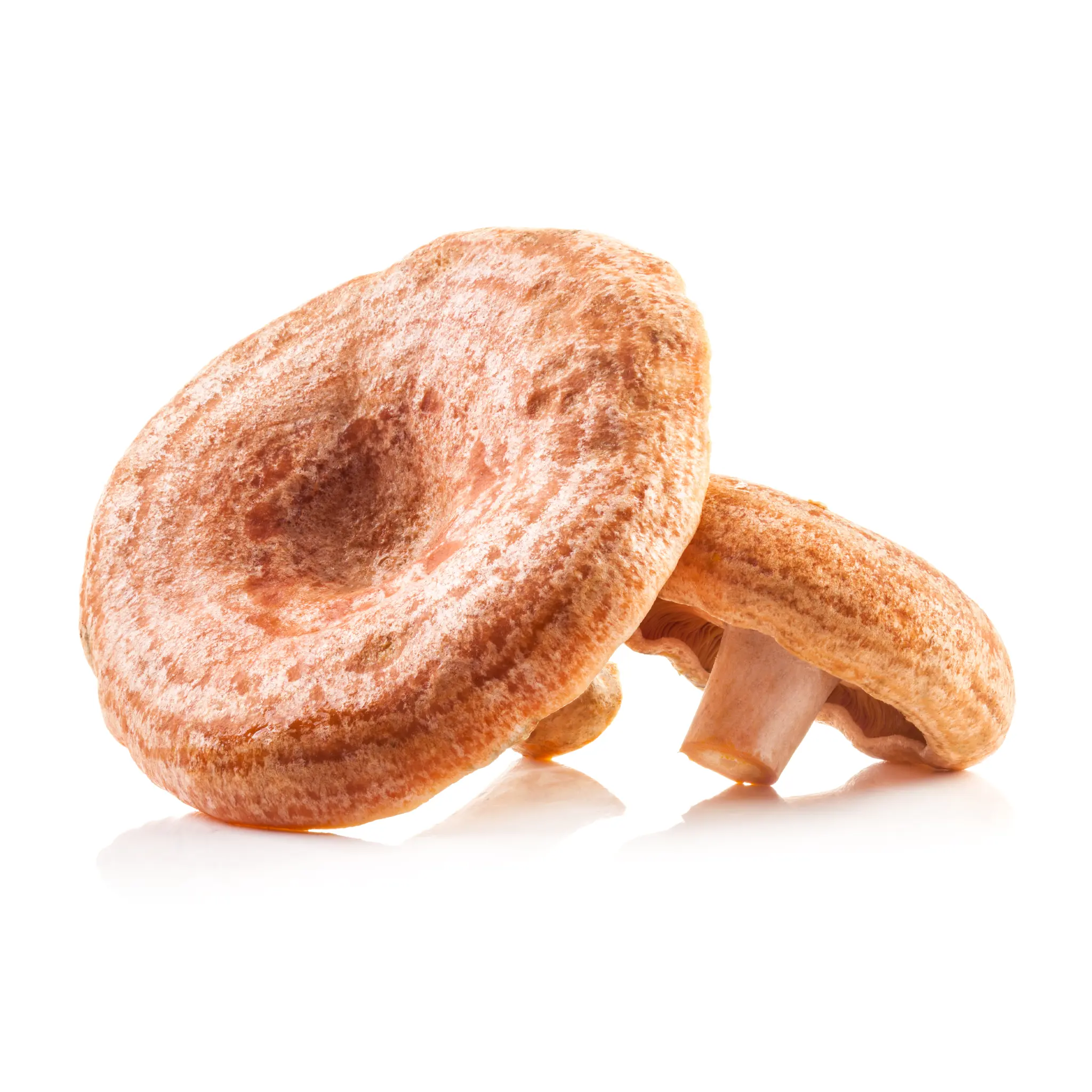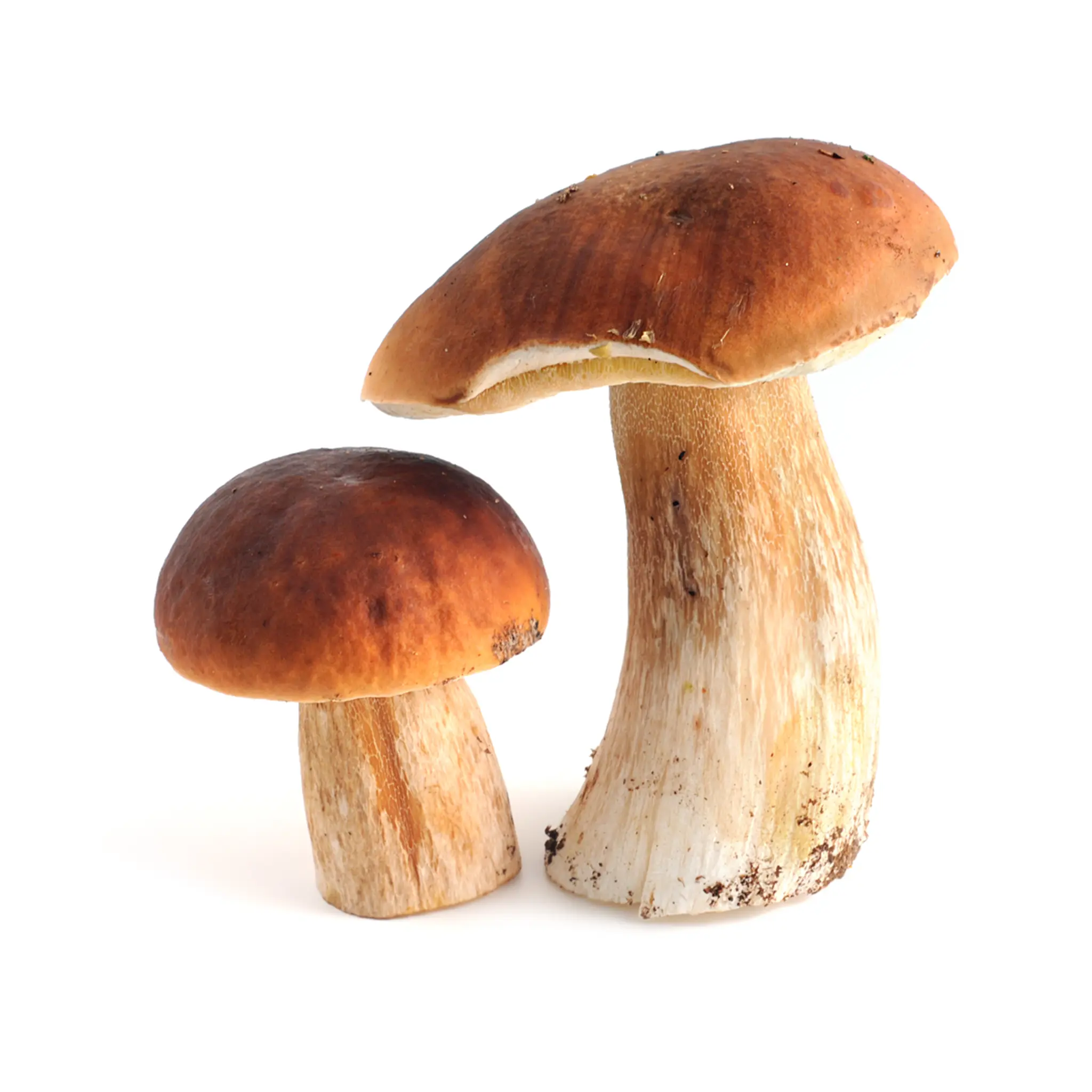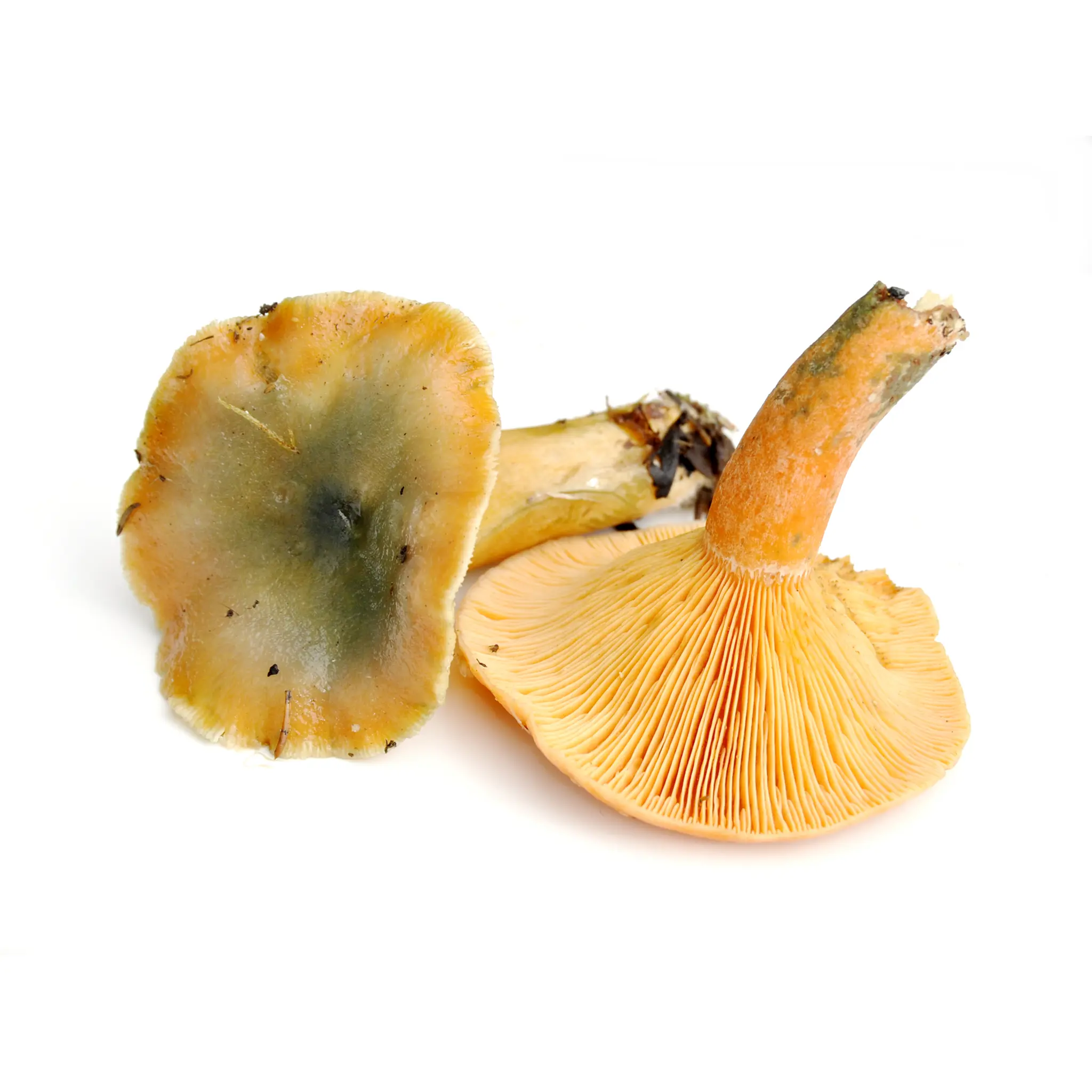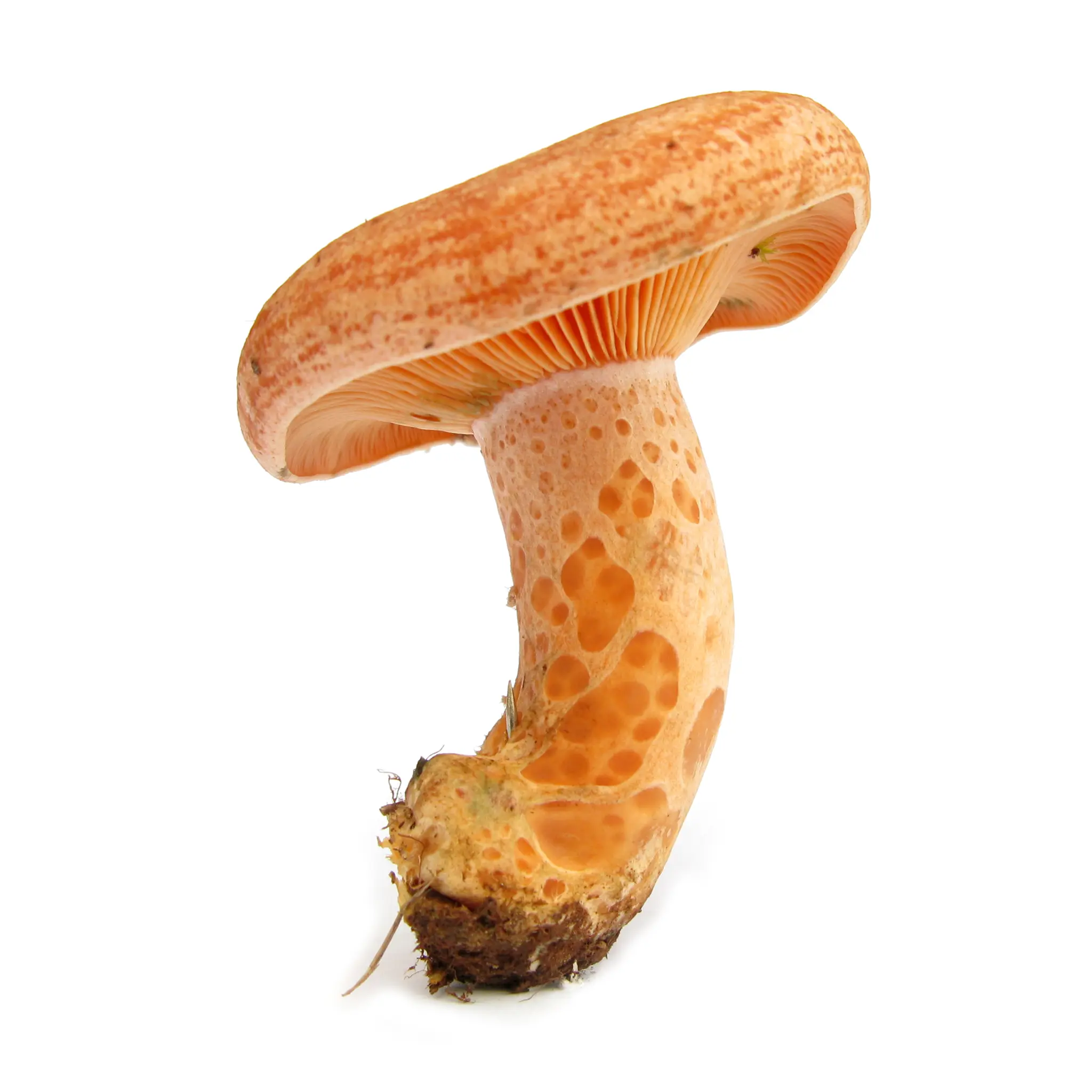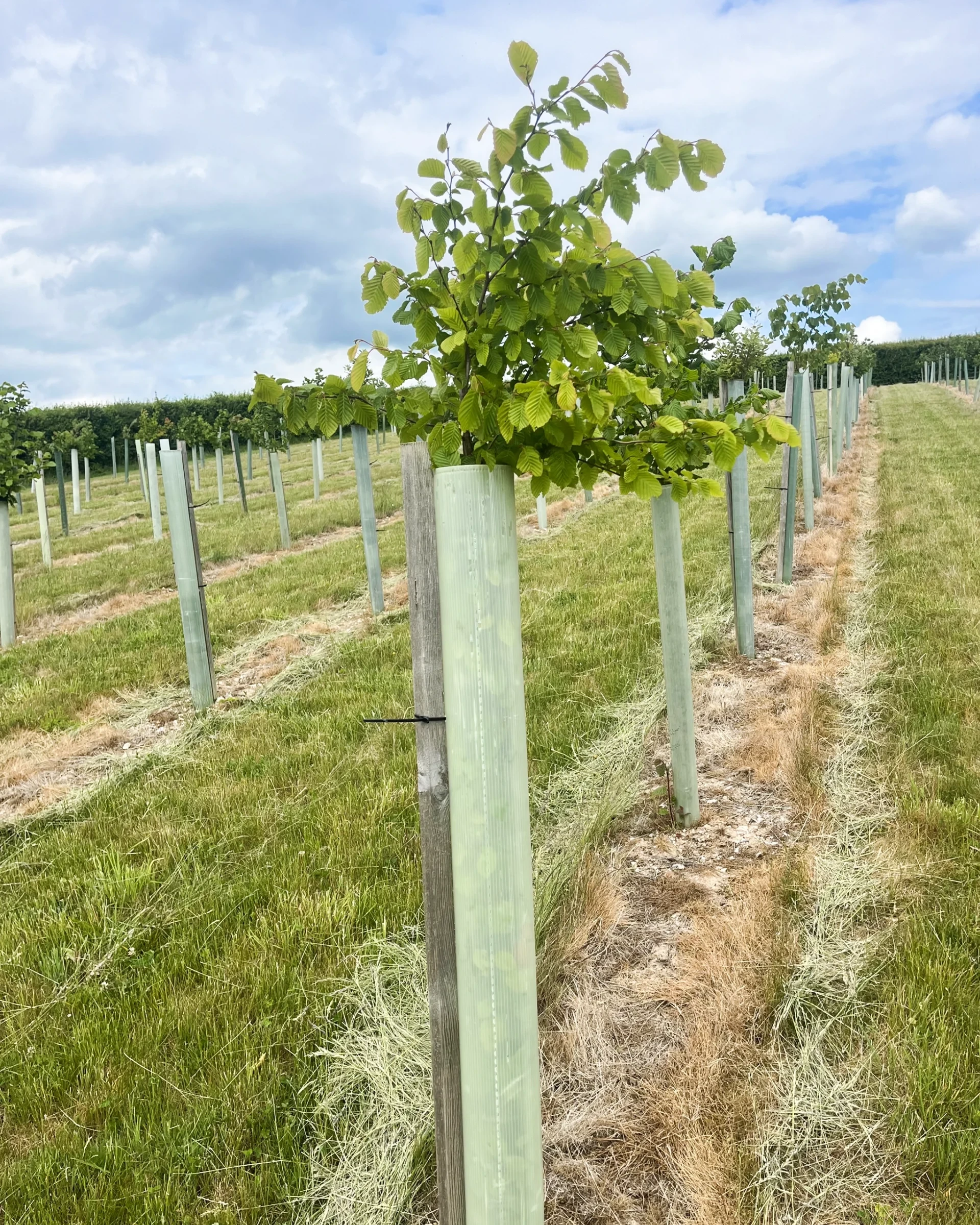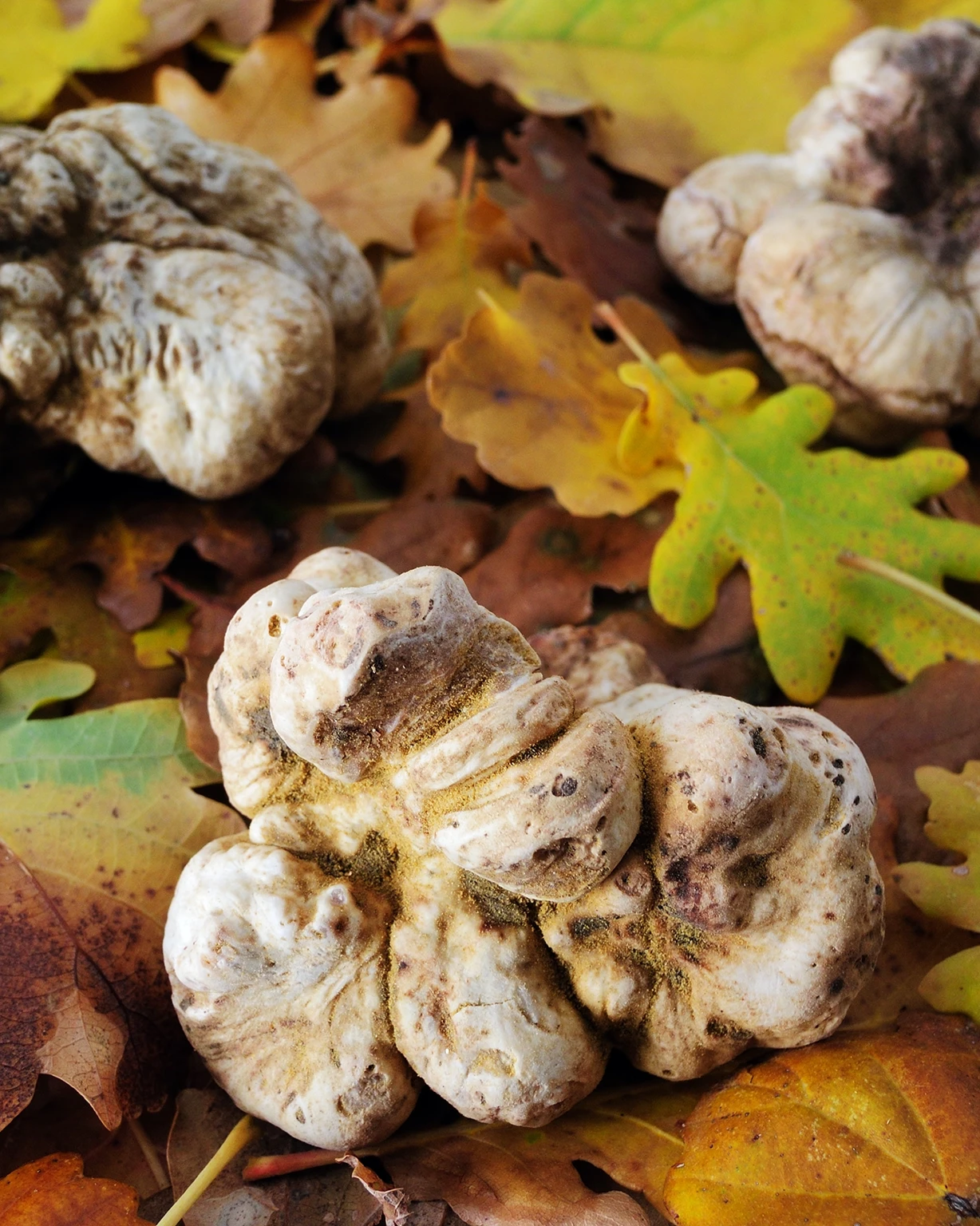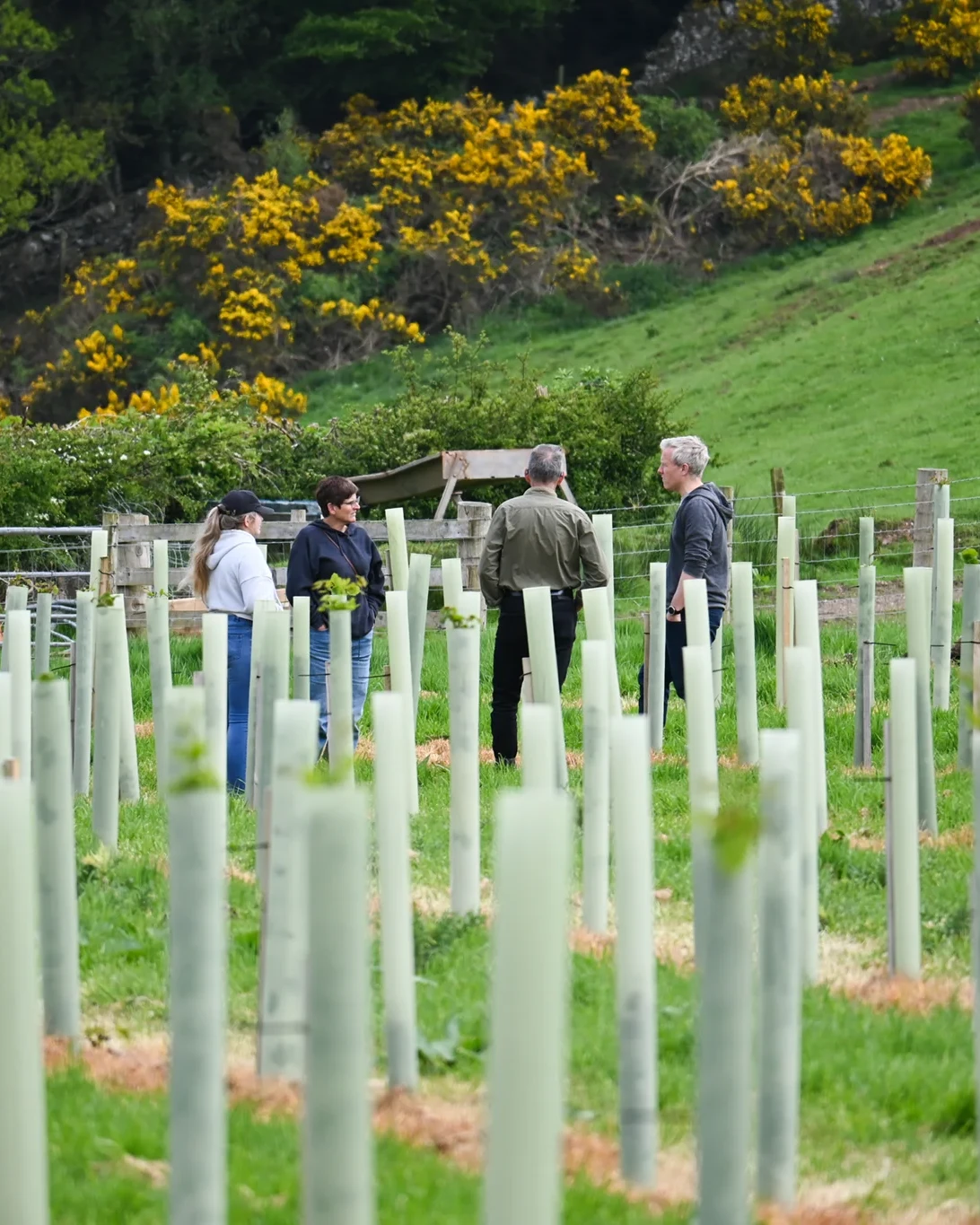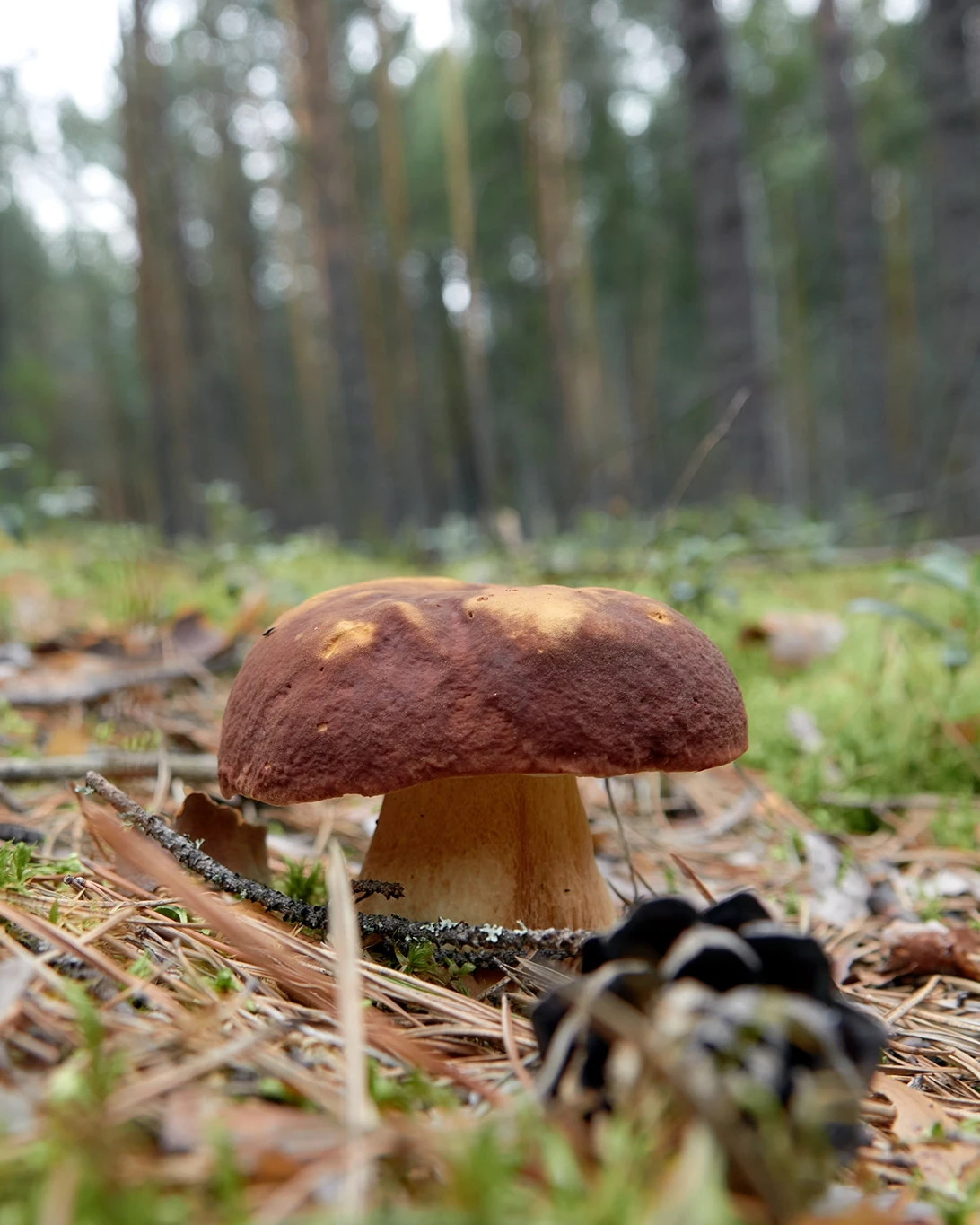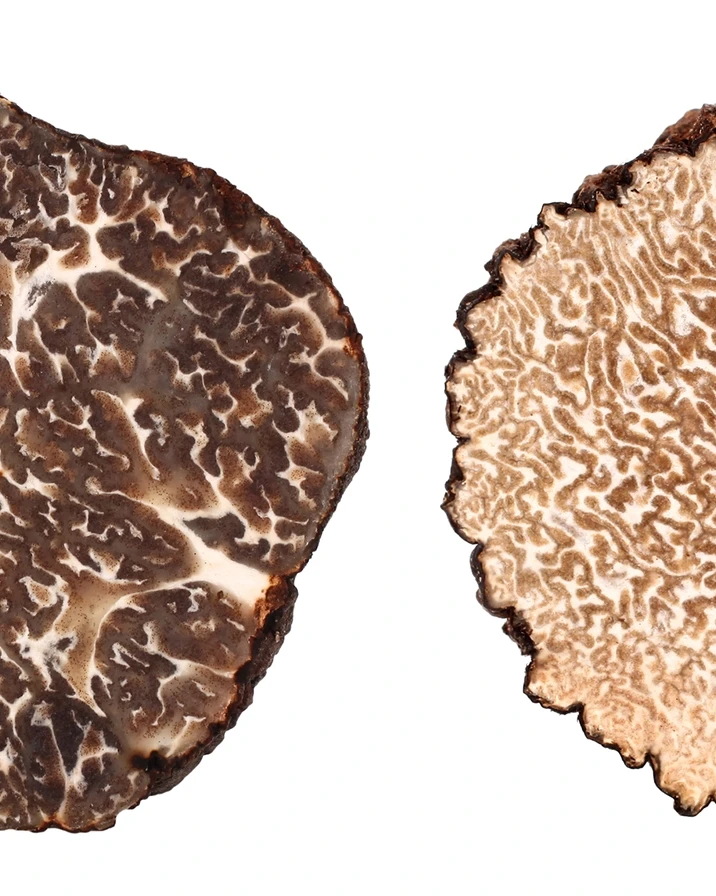Inoculated Trees & Fresh Truffles
We grow and supply truffle inoculated trees for any scale of orchard or plantation. Our trees have pioneered truffle cultivation in many countries and are used across the globe. We now offer our trees in retail packs of 10 and for orders over 50 trees please get in contact for expert guidance and a quote. Our pioneering research team have also developed trees inoculated with other mushroom species and these are now also available to buy-again, if you are considering such mycoforestry on a large scale please get in contact so we can help you.
Evergreen Oak (Quercus ilex / Holm oak)£269.95 – £724.95Price range: £269.95 through £724.95
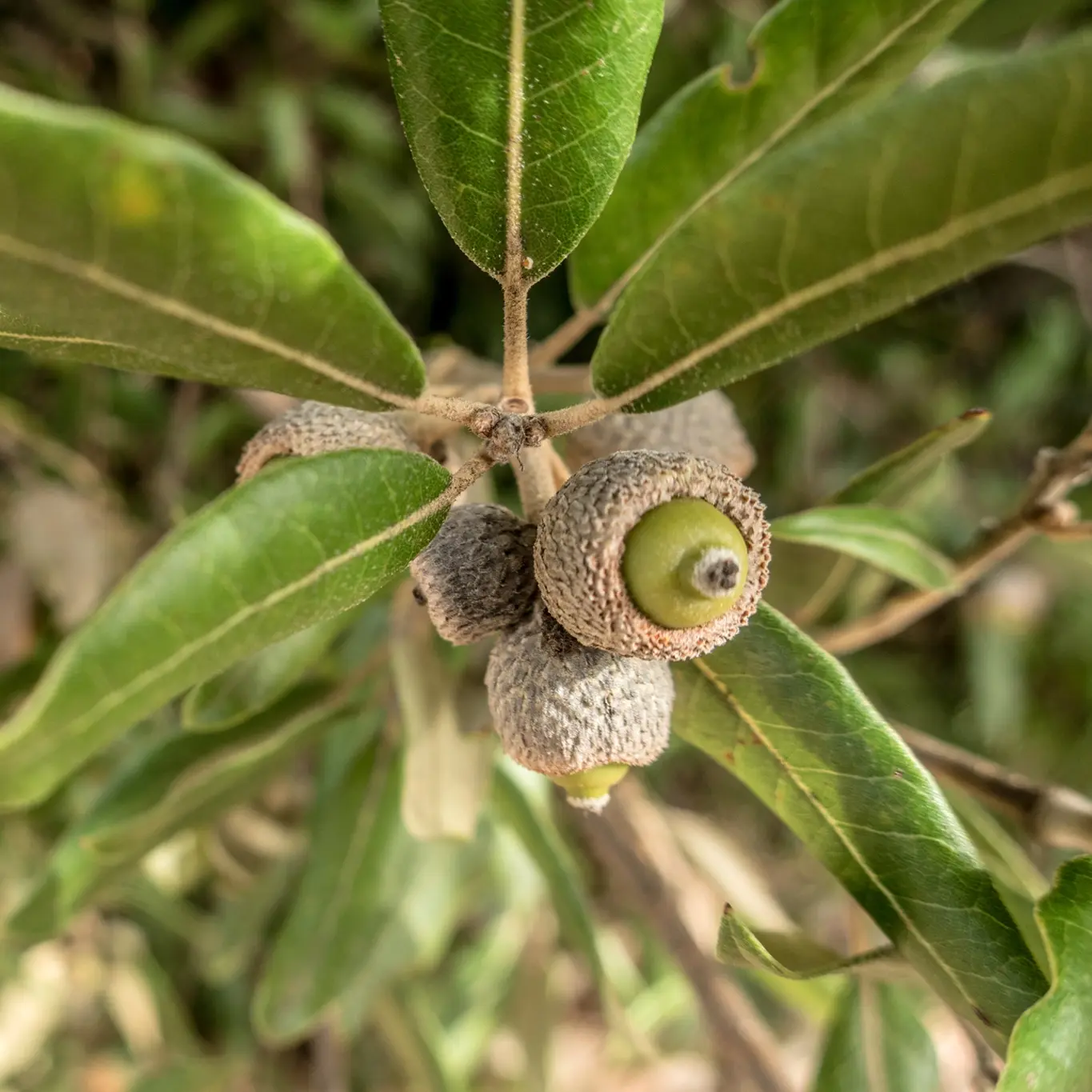
Select options
This product has multiple variants. The options may be chosen on the product page
Hazel (Corylus avellana)£269.95 – £800.00Price range: £269.95 through £800.00
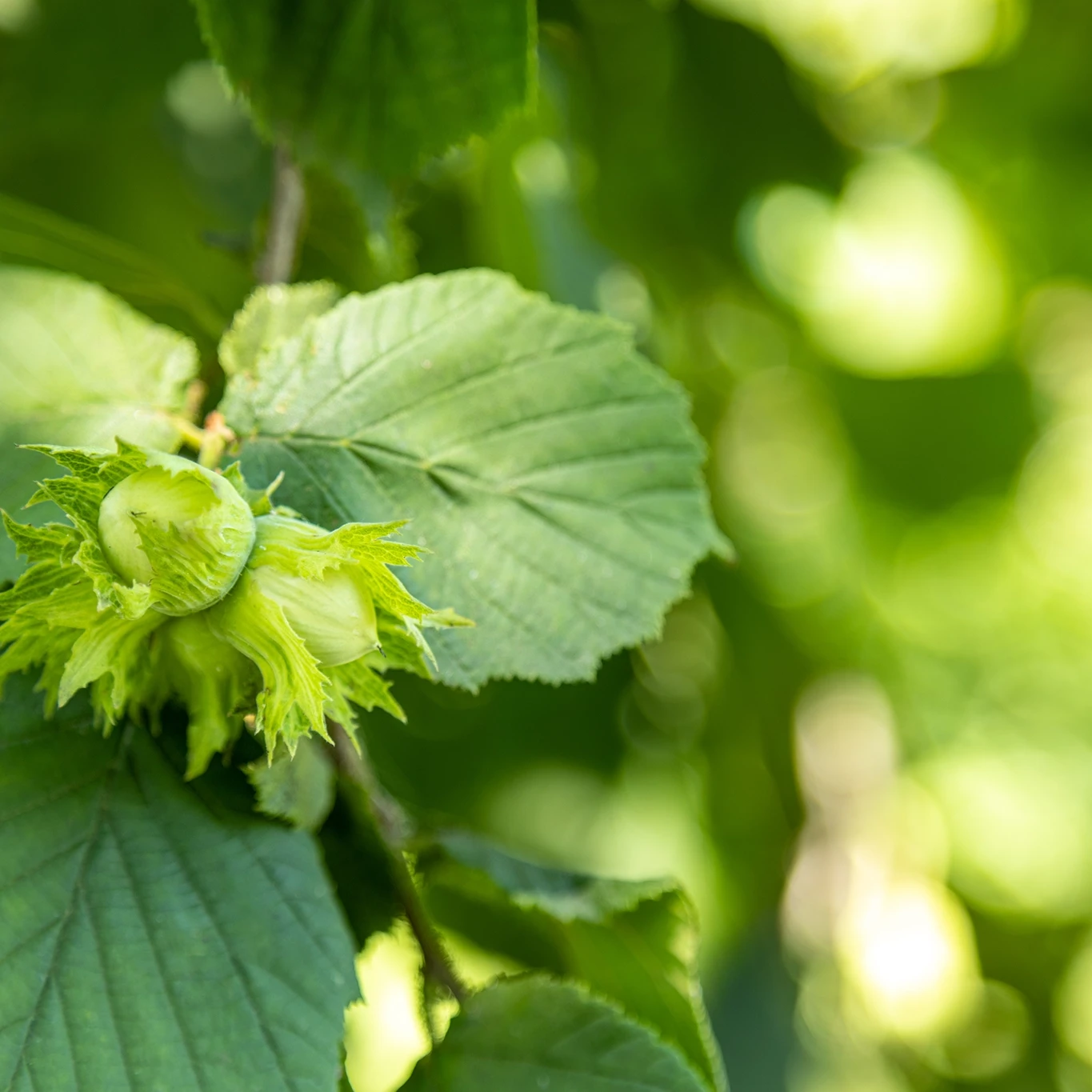
Select options
This product has multiple variants. The options may be chosen on the product page
English Oak (Quercus robur melanosporum)£269.95 – £800.00Price range: £269.95 through £800.00
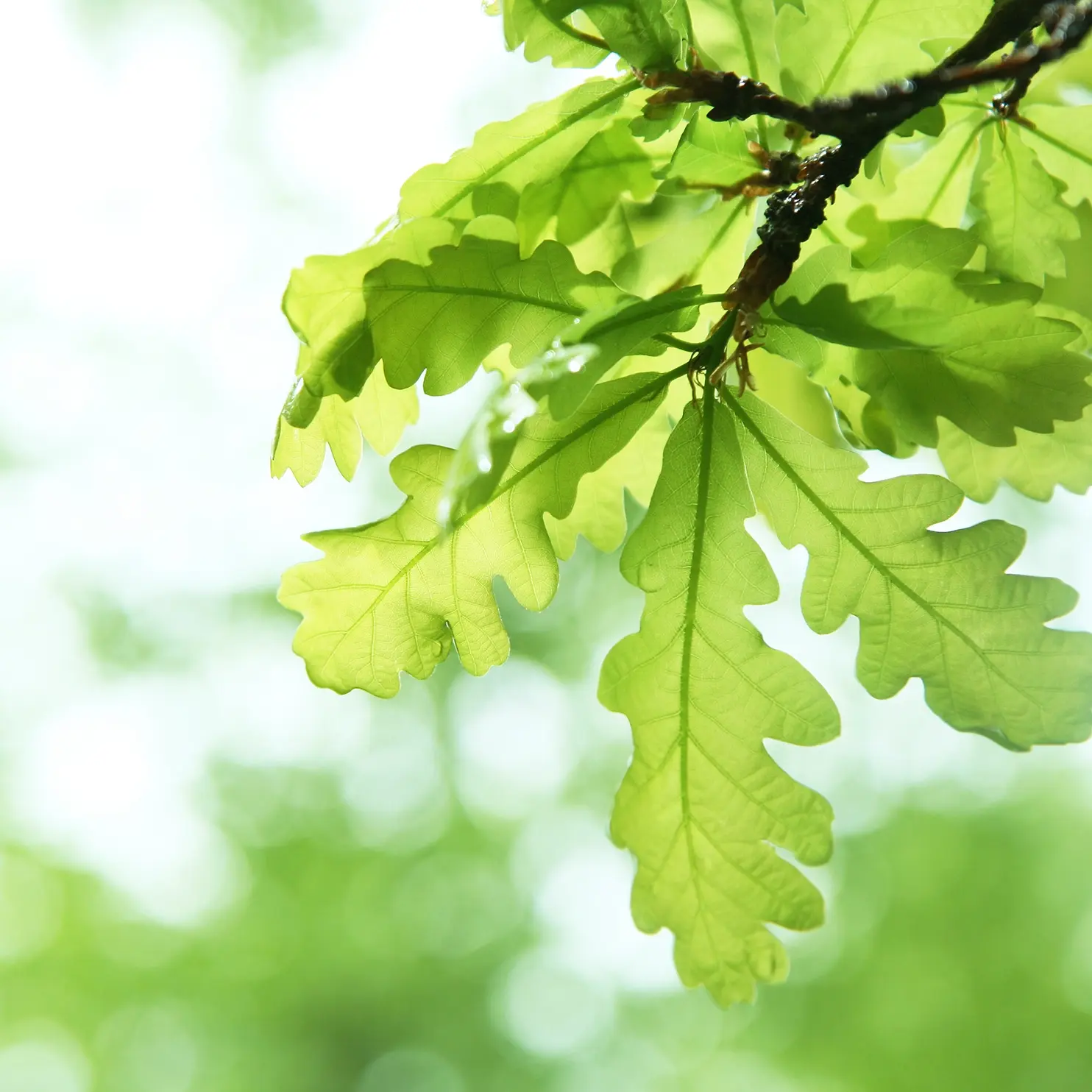
Select options
This product has multiple variants. The options may be chosen on the product page
White Truffle (Tuber magnatum)£20.00
Out of stock
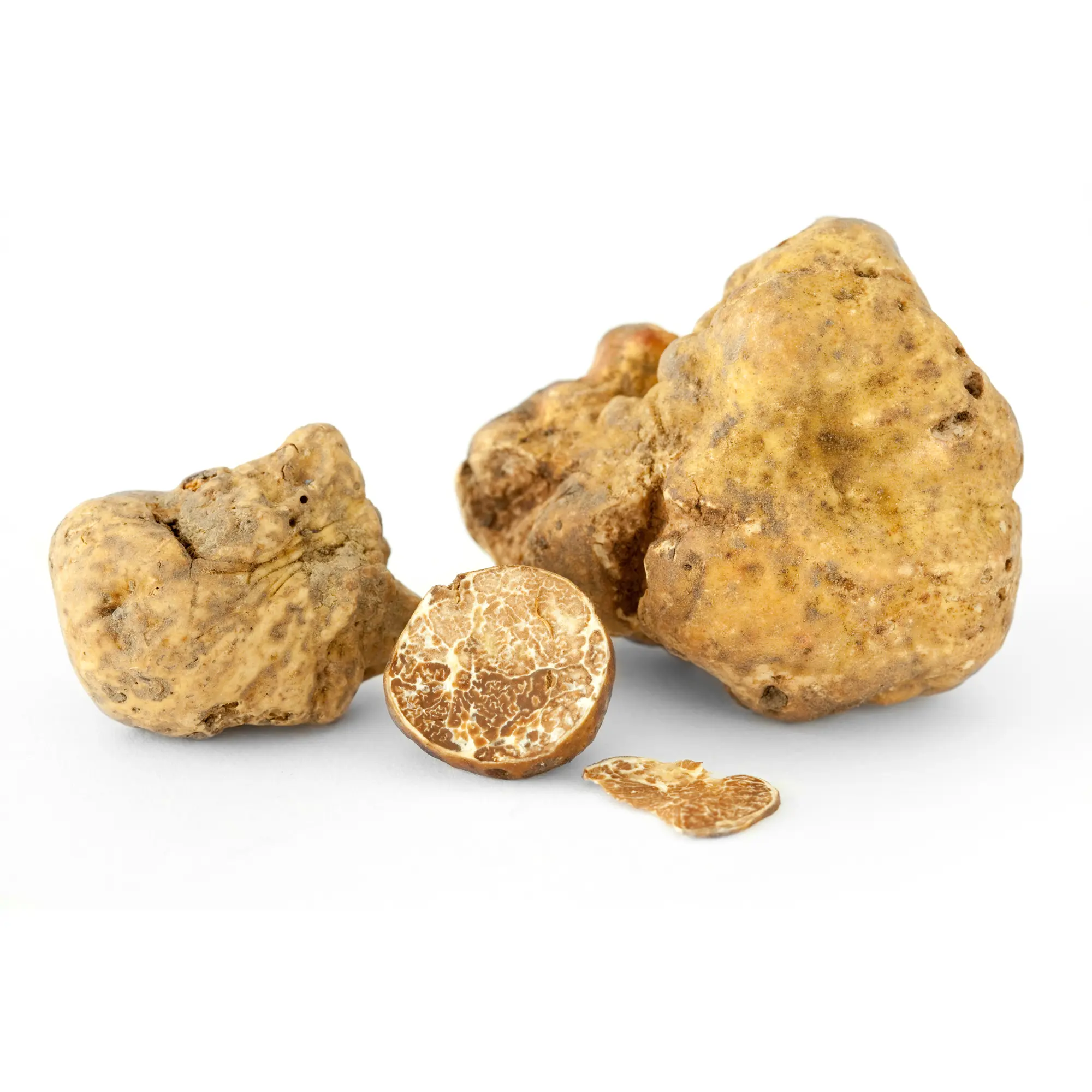
Select options
This product has multiple variants. The options may be chosen on the product page
Winter Truffle (Périgord – Tuber melanosporum)£20.00
Out of stock
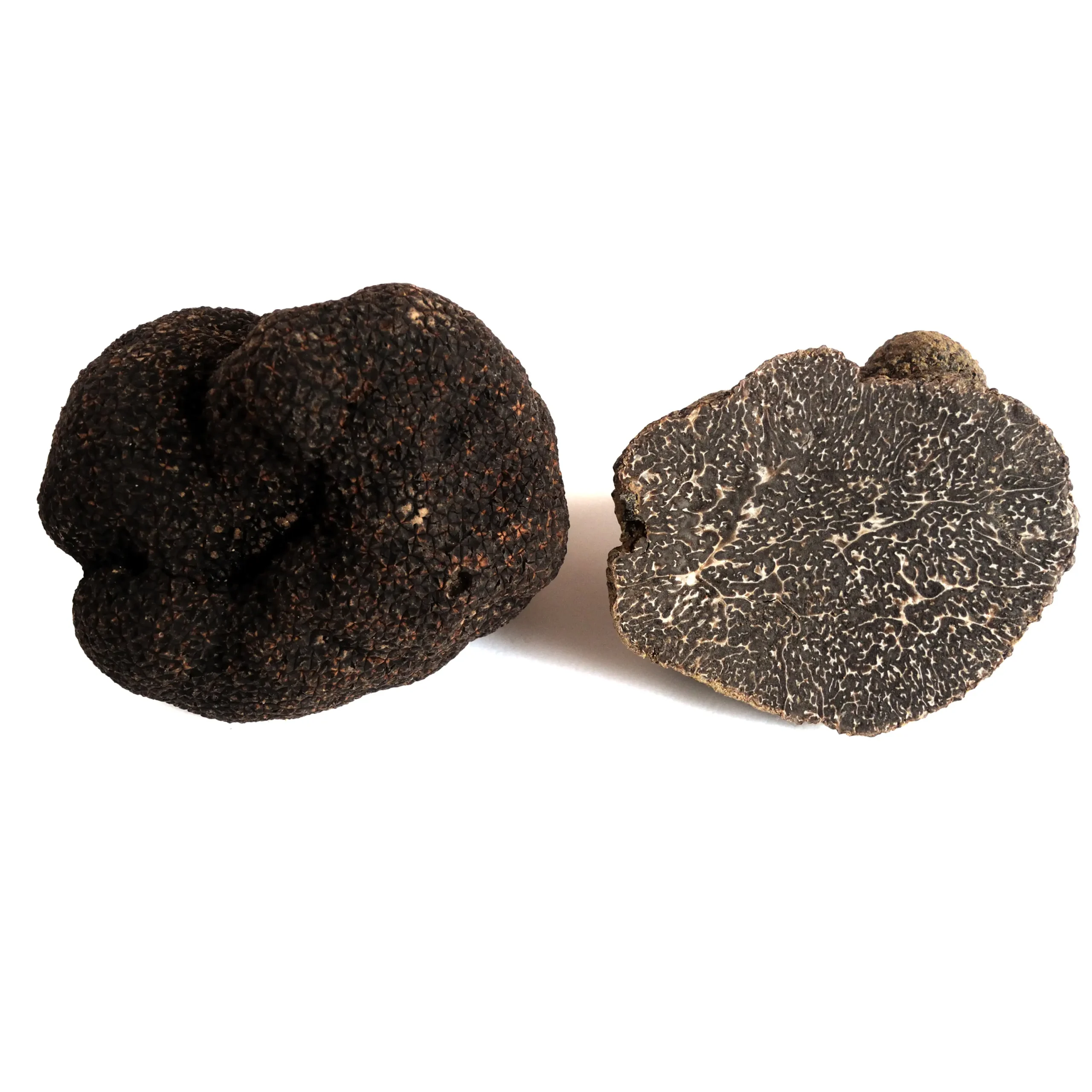
Select options
This product has multiple variants. The options may be chosen on the product page
Summer/Autumn Truffle (Tuber aestivum syn. uncinatum)£20.00
Out of stock

Select options
This product has multiple variants. The options may be chosen on the product page
Did you know...
We also offer consultancy for your truffle orchard or mycoforestry project; this can be anything from DNA testing to confirm truffle/fungi species, to root analysis to confirm root or spore amendment guidance.
BBC Features UK’s First Successful Truffle Farm.
Featured on the BBC, we were the first to successfully cultivate truffles in the UK. Since then, we’ve consistently set new global standards with our adaptable, innovative scientific methods and expert-led approach.
World-leading Research team with sites in 23 countries.
Our world-leading research team spans 23 countries, bringing global insight to truffle cultivation. Backed by our in-house genetics lab, we continue to lead innovation and ensure the long-term success of every orchard.
Seamless Guidance, From Planning to Harvest.
We support you at every stage of the process. From selecting the optimal site to harvesting high-quality results, our expert team is on hand to provide tailored guidance, ensuring efficiency, compliance, and success throughout.
Latest Press Releases
July 15, 2025
Truffle Tree Sales Now Open to Ireland & Europe
June 25, 2025
White truffle trees for sale – Tuber magnatum
June 2, 2025
Educational and Event Space on Isle of Bute
May 17, 2025
Microbiology & Mycoforestry Research Role
May 10, 2025
